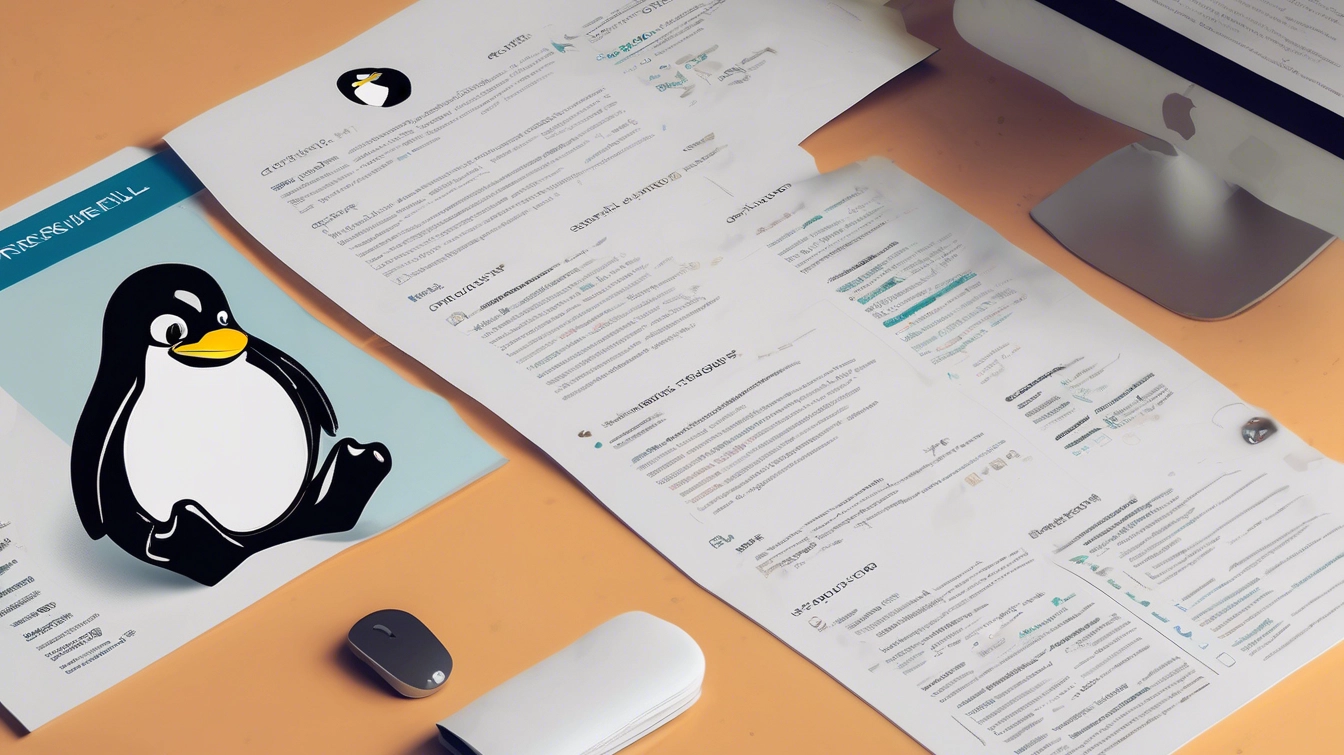How to Create an Impressive Linux Resume as a Fresher?
Are you just starting your journey into Linux system administration and wondering how to create a strong resume with no work experience? You’re not alone! Many beginners feel stuck when writing their first Linux resume.
In this blog, we’ll guide you step-by-step on how to build a powerful Linux resume as a fresher or career switcher from another domain.
What Recruiters Expect from a Linux Fresher?
Hiring managers don’t expect you to be an expert on Day 1. But they do look for:
- Basic command-line proficiency
- Familiarity with Linux file systems, permissions, and services
- Practical knowledge (even in a lab setup)
- Good communication and problem-solving mindset
Recommended Resume Format for Freshers
Keep your resume clean, simple, and to the point.
Resume Format:
- Header – Name, phone, email, LinkedIn
- Objective & Summary – Clear career goal (2-3 lines)
- Skills – List of relevant Linux/system admin skills
- Projects – Highlight your practice/lab setups
- Certifications – If any (in progress or completed)
- Education – Degree and institution
Technical Skills to Highlight
Mention only what you’ve actually practiced. Here are some common and valuable skills for Linux/System Admin freshers:
- Operating Systems: RHEL, CentOS, Rocky, AlmaLinux 8/9/10, Ubuntu 18–24
- Cloud Platforms: AWS (EC2, S3, ELB, Route53)
- Configuration Management: Ansible, Puppet
- Scripting & Scheduling: Bash (basics), Cron jobs
- Storage: LVM, RAID, NAS
- Servers: DNS, DHCP, NFS, SAMBA, FTP, SFTP
- Web Servers: Apache, Nginx
- Databases: PostgreSQL, MySQL/MariaDB (DB & user setup, basic failover)
- Backup Tools: rsync, tar
- Networking: Firewalld, UFW, TCP/IP, Postfix
- Virtualization: VirtualBox, KVM, VMware ESXi
- User Management: OpenLDAP
- Monitoring: htop, journalctl, du, iotop
- Hardware: Basic computer hardware knowledge
Projects That Count (Even If Practiced at Home)
Yes, your personal lab or virtual machine setups are valid projects! Here are some examples to include:
Project 1: Apache Web Server Setup
Installed and configured Apache on RHEL & Ubuntu machines.
Created a sample HTML page and hosted it.
Managed firewall rules to allow HTTP traffic,
Project 2: Secure SFTP Configuration
Configured chroot jail in /var/sftp.
Created user-specific directories for uploads/downloads.
Tested file transfer using WinSCP.
Project 3: NFS Server Setup
Installed and configured NFS server.
Shared directories and mounted them on a client machine.
Configured permissions for read/write access.
Project 4: PostgreSQL & MySQL Database Setup
Installed and configured Apache on RHEL & Ubuntu machines.
Created databases & users.
Provided user specific roles (read / write).
Project 5: Automated Backup with Cron
Scheduled regular tar backups of PostgreSQL & MySQL Databases.
Stored archives in /backup folder.
Project 6: Nagios Core Monitoring Setup
Installed and configured Nagios Core on RHEL 9 to monitor local and remote Linux hosts. Set up NRPE for service checks and configured email alerts for critical services like SSH, CPU, memory, and disk usage.
Project 7: Zabbix Monitoring Server Deployment
Deployed Zabbix server on RHEL 9 with MariaDB and Apache. Installed Zabbix agents on clients and configured dashboards, triggers, and alerts for system metrics like CPU, RAM, disk, and service availability.
Resume Tips for Linux Freshers:
- Keep it 1 or 2 pages, unless you have more to showcase.
- Use action words: Installed, Configured, Automated, Tested, Created, Monitored.
- Don’t fake anything—only include what you’ve actually practiced.
- Interviewers usually form questions directly from your resume, so make sure you’re confident about everything you list.
- Share your GitHub link if you’ve uploaded any scripts, automation tools, or documentation.
- If you’re switching from a non-IT field, highlight transferable skills (troubleshooting, documentation, etc.)
Download Resume Sample
👉Download Sample Linux Fresher Resume
Note: This is a sample resume. Please customize the red-colored placeholders and skills based on your actual experience. Replace them with your real details, and only include the projects and tools you have personally practiced.
Final Words
You don’t need work experience to show real skills. Your home lab, your curiosity, and your willingness to learn are what truly count.
So start documenting your learning, write down your projects, and build that resume with confidence.
Let your resume say: “I don’t just know Linux—I’ve practiced it.”
Have any specific Linux interview questions or topics in mind?
Drop a comment below, and I’ll cover them in upcoming posts or create a custom guide just for you!




